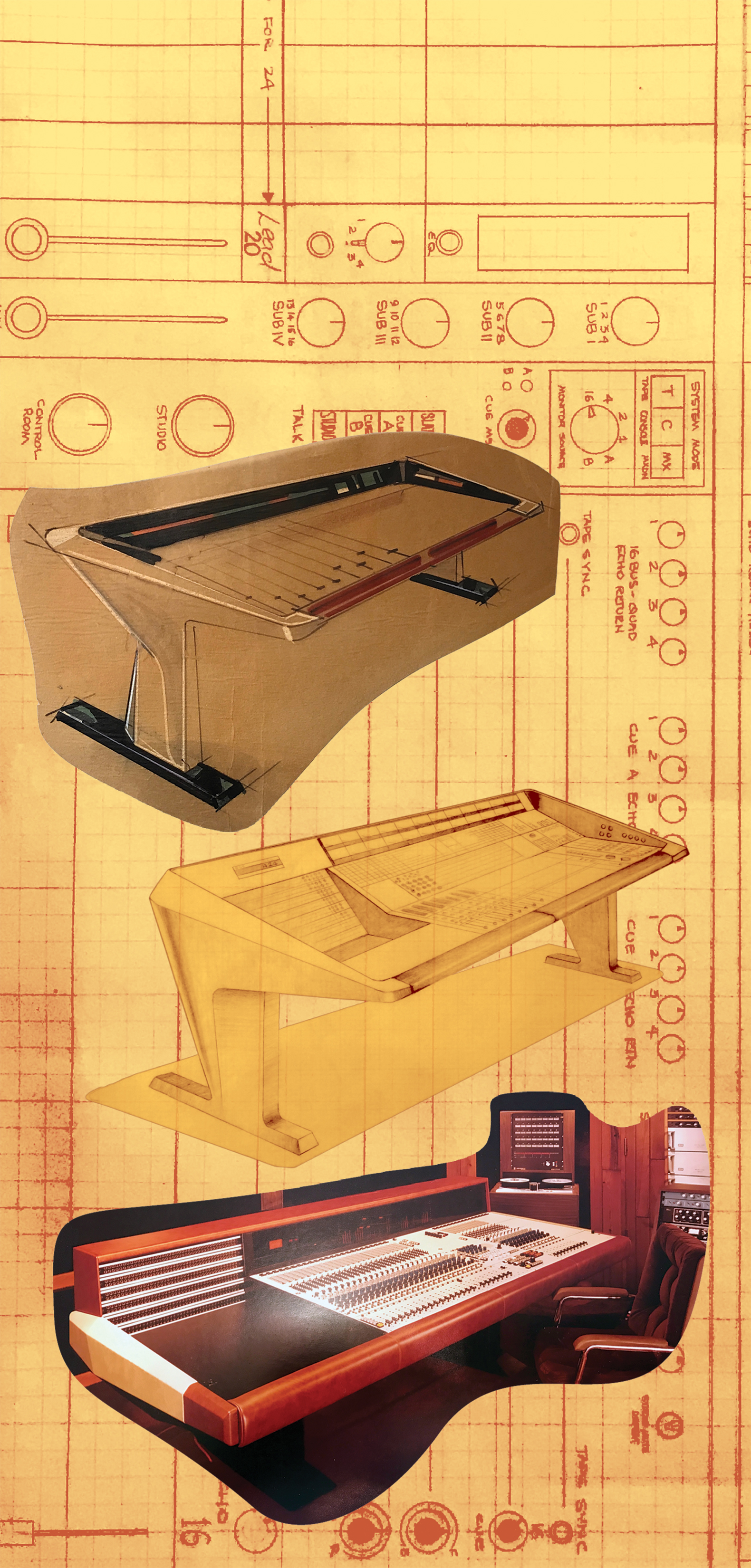In the "modern recording era" (let's say 1950 until present), there are a few compressors that can easily be called Classic with a capital "C". You know, the ones by Fairchild, Teletronix, UREI, dbx, Gates, ADR and perhaps SSL? These compressors have helped define much of what we think of as "recorded sound" in many genres, and I'd wager that many of the records we all regard as timeless would sound very different without them.
In the mid '90s, Dave Derr [Tape Op #33] began tinkering with a new compressor model after leaving Eventide, and from this experimentation was born the Empirical Labs EL8 Distressor, offering a "modern/classic" style of compression - if ever there was one. Neither optical nor FET, the all-analog signal path with two modes of distortion plus characteristics of many of the usual compression suspects we see in nearly every commercial studio made the EL8 Distressor almost instantly ubiquitous upon its release. Almost 30,000 hardware units later, Universal Audio has teamed up with Empirical Labs to faithfully model the EL8 Distressor for the UAD platform.
The UA boffins have done a full component model of the Distressor circuit in all eight ratios of the stock EL-8 hardware, plus the multiple distortion modes and filters in the detector sidechain, and those in the audio path. Missing from the plug-in, and a feature that is only available on the EL-8X Distressor [Tape Op #32] version of the hardware, is the Brit Mode switch; this is effectively Derr's approximation of an 1176 style "all-buttons-in" mode (heavy limiting achieved by engaging all four ratio switches simultaneously). I've only ever owned the stock EL-8 Distressor hardware, and even when tracking in other studios with EL-8X Distressors, I've never found myself using the Brit Mode (especially when 1176s are available for use), so this hardly makes the UAD version any less useful to me. Like the EL-8 Distressor hardware, a Nuke function for brick-wall limiting is offered in UAD's version, which is close enough to an over-the-top compression mode for my use.
I'm a die-hard UAD plug-in junkie with a pair of Universal Audio Octo Thunderbolt Satellites attached to my Mac Pro, and I've had the UA Empirical Labs EL8 Distressor plug-in since its release. I sold my pair of hardware EL-8 Distressors a few years ago as I'm working more and more in the proverbial "box" while mixing, and I've been waiting for a proper emulation ever since. For this review, I was able to borrow my friend, Jeremy Wurst's coyotefacerecording.com hardware EL-8X to test against UA's plug-in. Let me just say that with the release of this plug-in, I'm happy to have the Distressor sound back in my life again! UA has nailed the Distressor sound and its dynamics controls so closely that I was able to get a vocal running simultaneously through the plug-in and the hardware, with both set to identical parameters, to null at almost 60 dB while using the Distressor's vaunted Opto mode, at a 10:1 ratio, with the slowest attack, and fastest release settings - this just seems to park a vocal in the perfect place for me. Snare drums and bass guitar fared similarly. For a non-linear process like compression, the Distressor's results are impressive. For my use, I have no issue choosing the plug-in over the Distressor hardware as I feel like I'm getting the same thing. During ABX testing (a method of comparing two choices of sensory stimuli to identify detectable differences between them) I found myself preferring the hardware and plug-in equally - the UA folks really have nailed this emulation!
The downside for me is that I own Apogee Symphony I/O MkII [Tape Op #118] converters. Universal Audio converters are required for recording with UAD plug-ins. If I could, I would have no qualms about tracking and printing with the Empirical Labs EL8 Distressor plug-in just as I would with the hardware in the racks. If you want the nearest thing to the actual Empirical Labs Distressor while working in the box, I highly recommend Universal Audio's Empirical Labs EL8 Distressor plug-in.




_disp_horizontal_bw.jpg)